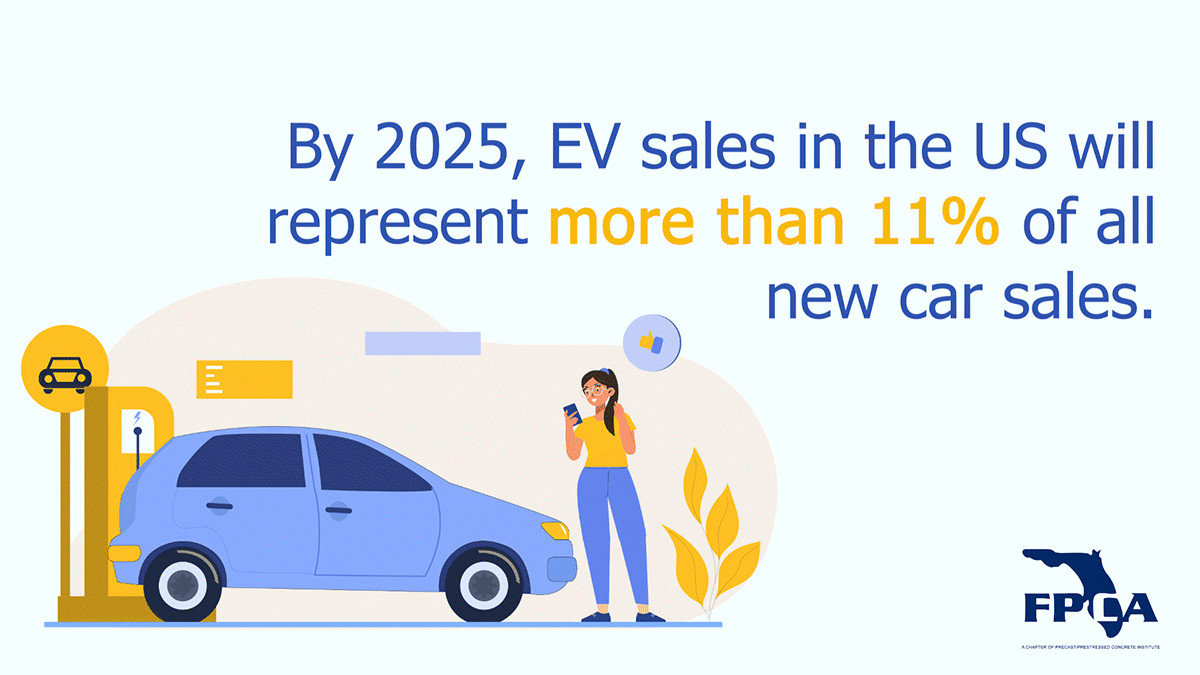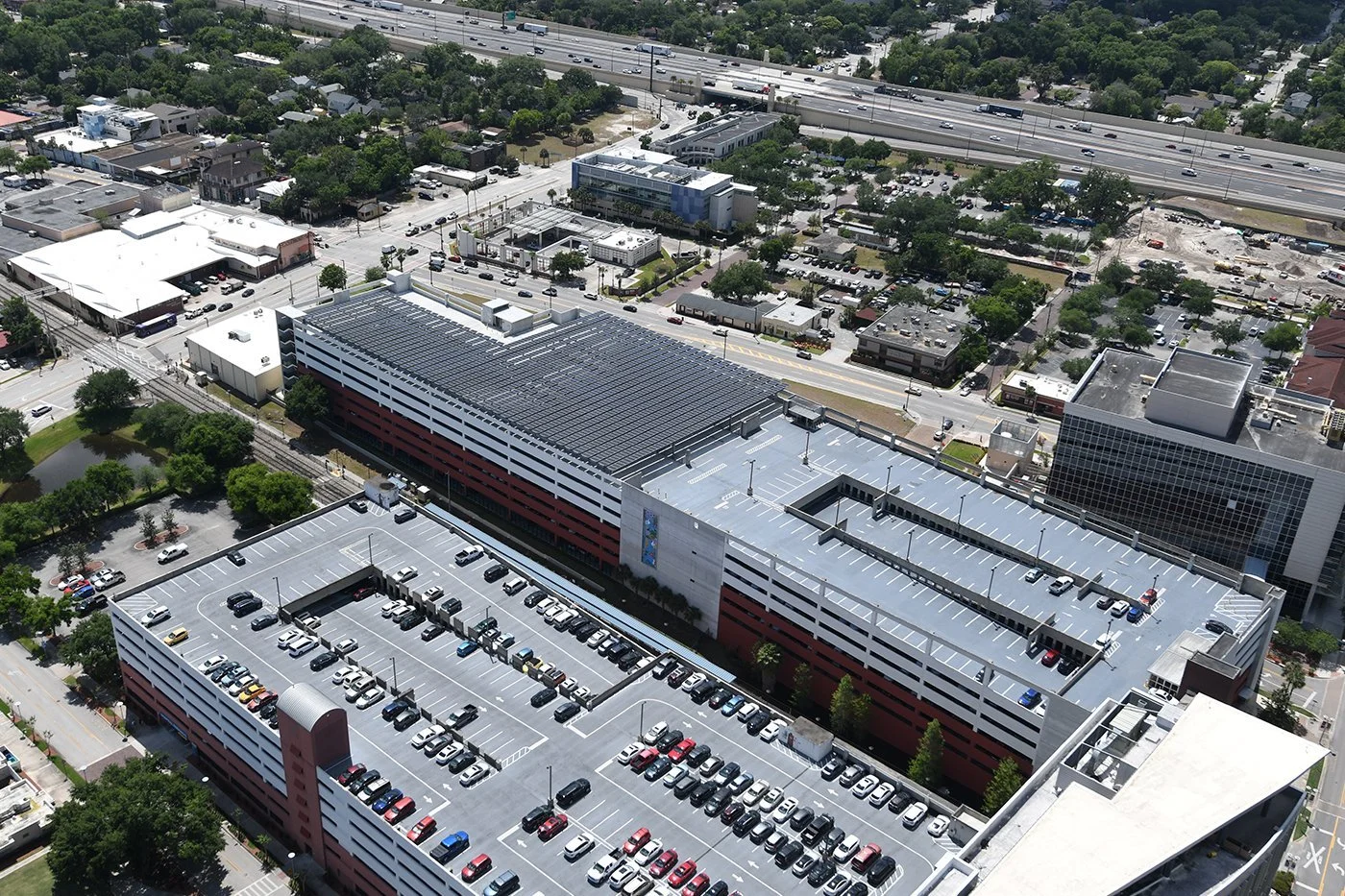Cities of all sizes are putting up charging facilities for electric automobiles from coast to coast.
Recently, states including New Jersey, Washington, West Virginia, North Carolina, Ohio, Michigan, and Maine announced intentions to increase the number of charging stations that are accessible.
EV cars are expected to be in great demand despite their higher pricing and limited supply, putting more pressure on local governments to provide charging stations or risk having drivers bypass their locations in favor of plug-in-friendly ones.
By 2025, EV sales in the US will be expected to represent more than 11% of all new car sales. The EV charging infrastructure cannot keep up with the increased demand brought on by these new automobiles. States and towns are implementing building rules that call for EV charging stations. This is often a percentage of parking spots in the building designated as EV-ready or EV-capable (for installing EV charging equipment in the future).
Parking Garages
Due to the comparatively cheap cost of EV infrastructure as a fraction of new development, as opposed to post-construction or retrofit, there is a focus on EV readiness. The electrical conduits in a topping slab may easily be included in precast concrete parking buildings. Additionally, they can support rooftop solar photovoltaic arrays to meet the increased energy needs of charging stations.
While their solar array was for their medical facilities, the McRae Ave Parking Garage Expansion added a 1,800 solar panel array supported by precast components to its parking structure's roof. This produces around 1.3 million kilowatt hours of electricity annually, which would be more than enough to support EV charging.
EVs have started to revolutionize the world. Up to 25% of parking spots in select areas must be EV-equipped. This is a significant change from an existing parking structure, which consumes little energy compared to the building it supports, to one with a significantly higher electrical demand. However, if EV batteries keep developing and improving, they will have a greater range than gas cars. In that case, fewer EV chargers will be required than what certain local rules for nonresidential parking buildings now provide.
Many clients have asked for some level of EV charging capacity in the initial design and infrastructure for future charging stations. Precasters should be ready to answer how their products can support the construction of both new parking garages with EV charging and the construction of expansions of existing garages looking to add EV charging.
Fire Resistance
Designing parking structures will require considering the potential for EV fires as the demand for electric cars (EVs) rises. Although this is anticipated to change very soon, active fire suppression systems are not currently needed in most American counties for open-air parking buildings.
Precast is the perfect construction material to help parking garage owners with their EV fire suppression needs because precast is inherently fire-resistant. Precast does not combust and can withstand extreme heat that often comes from prolonged fire exposure. These characteristics make it the perfect choice for parking garages offering electric charging.
Precast Roadways
The worry of running out of power before reaching your destination is one of the main obstacles to adopting electric vehicles. A solution could be found on roads that can power your car while you drive, and these roads might be growing closer.
Indiana's Department of Transportation (INDOT) stated in 2021 that it would work with Purdue University and the German business Magment to see if cement with embedded magnetic particles may offer a practical road-charging option.
Most inductive charging-based wireless car charging systems work by pumping energy into one wire coil, which generates a magnetic field that can cause an electric current in any other wire coil nearby. Cars are equipped with a receiver coil that picks up the charge, and the charging coils are put beneath the road at regular intervals.
However, it is clearly quite expensive to put thousands of kilometers of copper under the road. Magment's alternative involves using recycled ferrite particles, which can likewise produce a magnetic field but are far less expensive to embed into regular concrete. According to the manufacturer, their equipment can reach up to 95% transmission efficiency and may be installed at "standard road-building installation costs."
While innovations like this are still in the research phase, what is shown is that precast has a very bright future regarding electric vehicle innovations. By working with the electric vehicle industry, the precast industry could develop solutions that are not only cost-effective but also durable and long-lasting.




